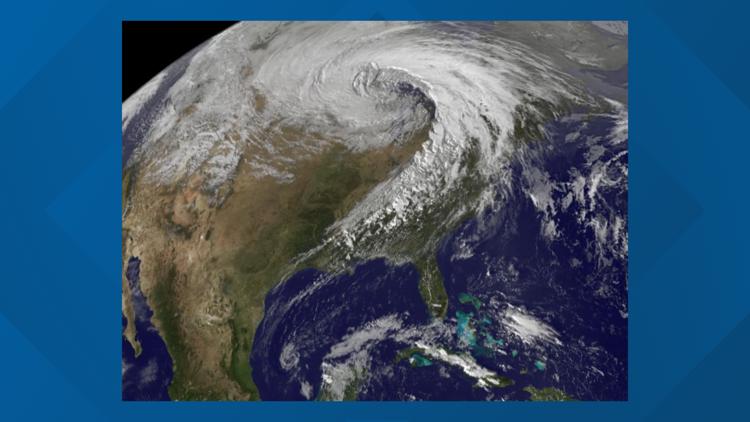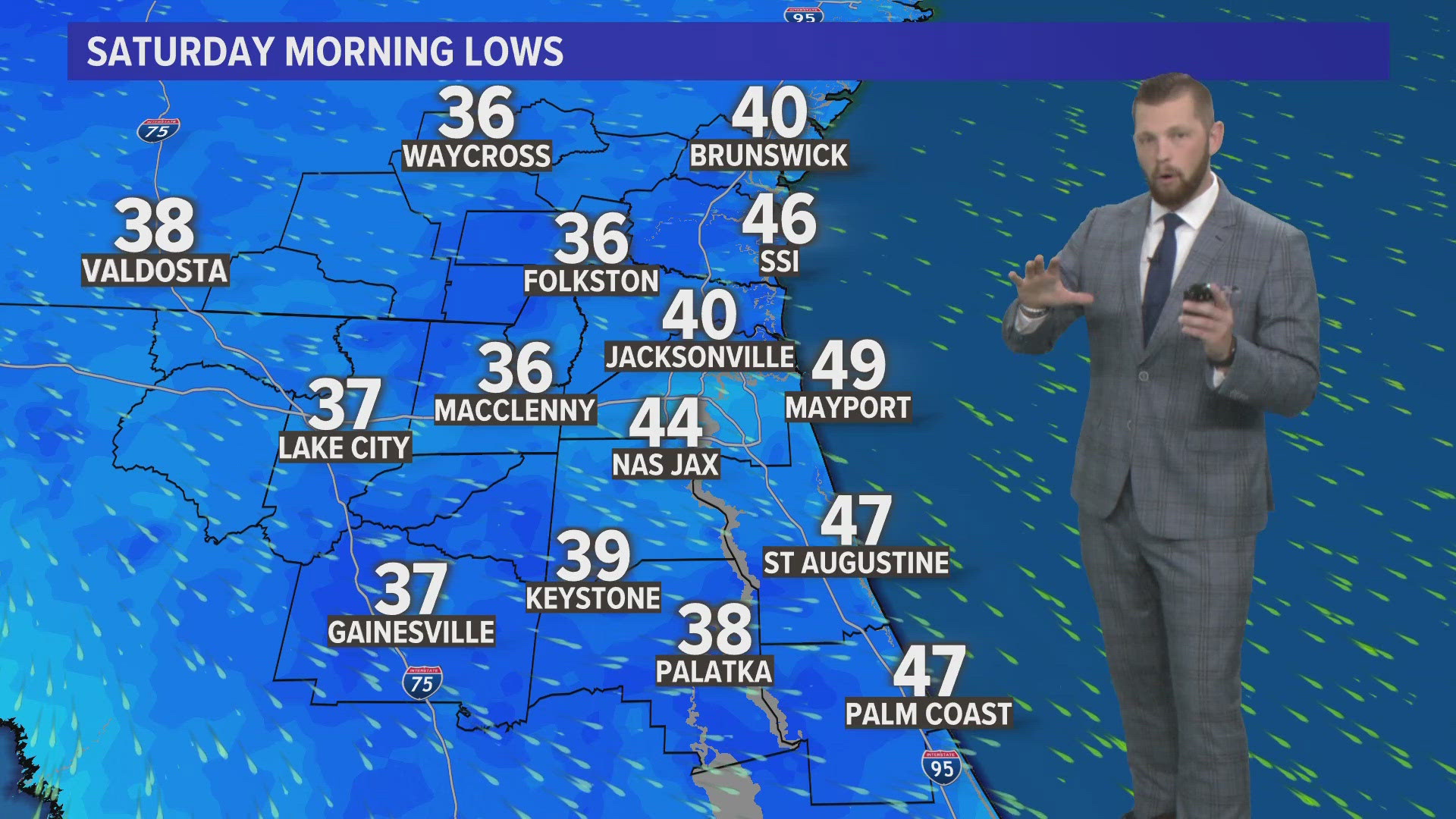JACKSONVILLE, Fla. — An intense storm system sweeping through the Pacific Northwest has left thousands without power, triggered blizzard warnings and claimed at least one life.
The system, which spans from British Columbia to northwestern California, is bringing heavy rainfall, hurricane-strength winds and significant snowfall. Meteorologists have identified it as a bomb cyclone, also known as bombogenesis a term that might sound dramatic but has a precise scientific definition.


What is a Bomb Cyclone?
According to the American Meteorological Society, a bomb cyclone occurs when the central pressure of a storm system drops 24 millibars or more within 24 hours, a phenomenon known as explosive cyclogenesis. These storms are most common from October through March and are often associated with transition seasons when cold and warm air masses clash.
Bomb cyclones can produce severe weather conditions, including:
- Heavy precipitation: Intense rainfall or snowfall, often causing flooding or hazardous travel.
- Hurricane-force winds: Sustained winds exceeding 70 mph, capable of toppling trees and power lines.
- Blizzard conditions: In colder regions, heavy snowfall combined with high winds can lead to dangerous whiteouts.
This current storm is a textbook example, delivering blizzard conditions to higher elevations and hurricane-force gusts across the region.
Notable Bomb Cyclones in History
Here are three infamous bomb cyclones that have left their mark in weather history:
- Location: Pacific Northwest
- Details: One of the most powerful bomb cyclones to hit the U.S., this storm wreaked havoc in Oregon and Washington with wind gusts exceeding 145 mph. It caused widespread destruction, toppling thousands of trees and leaving 46 people dead.
- Location: Central United States
- Details: Known as the "Chiclone" or "Great Lakes Cyclone," this storm set the record for the lowest non-tropical pressure in the continental U.S. It brought widespread damaging winds and heavy rain across the Midwest, disrupting air travel and causing significant power outages.



